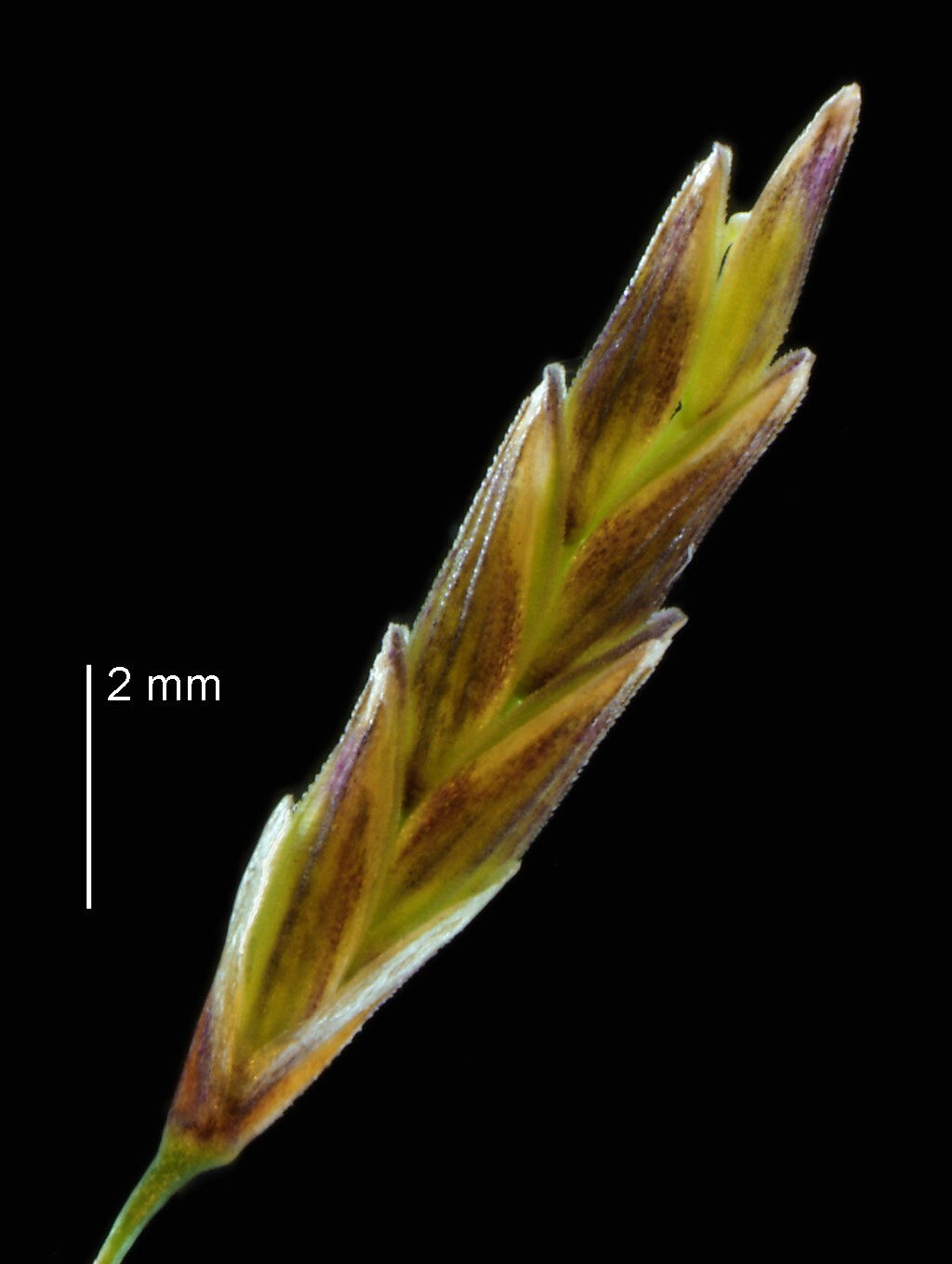
Greek glykeros – sweet, after G. fluitans, which is used as a sweet and juicy fodder.
Rhizomatous, often water-associated mostly perennial grass. Leaves flat; sheaths entire. Ligule membranous. Inflorescence a panicle with 3-sided axis. Spikelets with 3-many florets. Glumes transparent with 1 vein. Lemma awnless, blunt, with 5-11 veins.
Seed.
A favourite pasture grass for cows.
Rhizomatous mostly semi-aquatic plants; upper glume 1-nerved, lemmas distinctly 5-nerved; leaf-sheath tubular in lower part, often with transverse septa between longitudinal veins.
About 40 temperate species.
Source: (2005). Poaceae. In: . Horticultural Flora of South-eastern Australia. Volume 5. Flowering plants. Monocotyledons. The identification of garden and cultivated plants. University of New South Wales Press.
